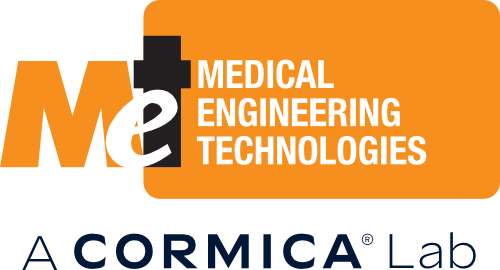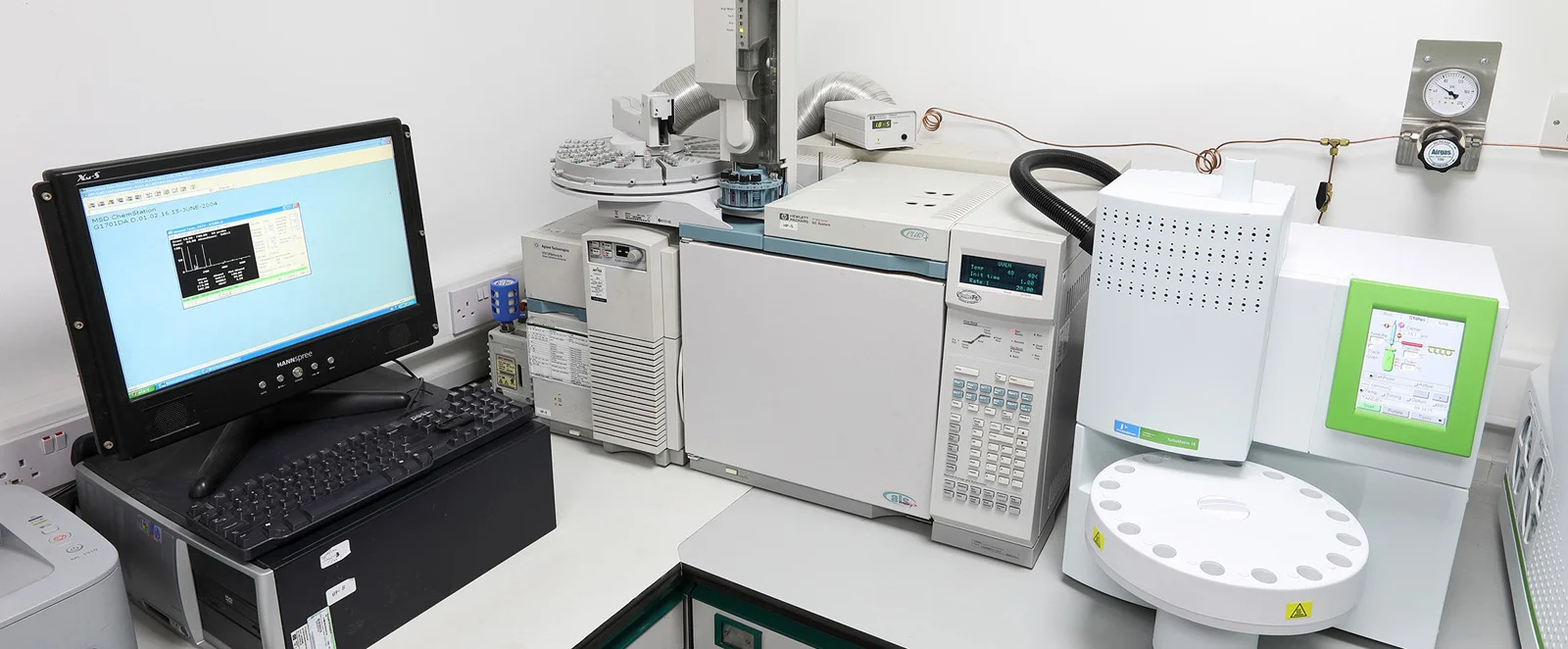ISO 10993-18 - Biological evaluation of medical devices -- Part 18: Chemical characterization of materials, is the key reference standard for assessing the biocompatibility of the morphology and chemical nature of medical devices.
According to ISO 10993-1:2018, the chemical and material risks for medical devices, delivery systems and combination devices must be defined. In many cases chemical characterisation combined with toxicological risk analysis can be used to demonstrate compliance with the biological safety end points.
A toxicity risk analysis is required for all marketed products. It might be possible to use publicly known information and component supplier data to confirm low risk levels for transient or short term contact devices. In the case of drug delivery systems, it is necessary to conform to ICH, PRQI and FDA Guidelines.
MET’s analytical service helps you with your initial data gathering and material risk analysis using our material characterisation flow chart. Armed with this information, we will propose a test programme according to which service level applies to your product. The service levels are described on our extractables and leachables page.
Once all the chemical and material data is gathered, we can proceed to the Toxicological Risk Analysis (TRA) for submission. The TRA is carried out using allowable limits, Safety Concern Thresholds (SCT) and Analytical Evaluation Thresholds (AET).
Medical device materials testing services provided by MET include:
Assessment of processing residuals (BPOG).
Batch-to-batch verification.
Cleaning fluid analysis.
Counterfeit medicine analysis.
Goods inwards materials identification.
In use simulation studies.
ISO 10993-18 materials characterisation.
Measurement of extractable and leachable materials from medical devices.
Measurement of extractable and leachable materials from pharmaceutical containers.
Medical device standards which give chemical analysis requirements, such as ISO 18562, ISO 1547 and ISO 8536.
Method development and validation.
Particulate testing and analysis.
Plastics and container testing: USP <381>, USP <661>, USP <232>.
Stability and ageing.
USP PhysicoChemical tests.
Verification of process changes.
Food migration tests for oral products.
Major regulatory authorities agree that biological testing should be reduced when possible:
FDA Guidance May 1, 1995 Use of International Standard ISO-10993, 'Biological Evaluation of Medical Devices Part 1: Evaluation and Testing
'Some devices are made of materials that have been well-characterised, both chemically and physically, in the published literature and have a long history of safe use. For the purposes of demonstrating the substantial equivalence of such devices to other marketed products, it may not be necessary to conduct all the tests suggested in the FDA matrix of this guidance.'
EN/ISO 14971 requires that 'relevant characteristics that could affect safety are listed and, from these, possible hazards are identified. For a biological safety assessment, the first step comprises characterisation of materials. Data relating to formulations, additives, processing aids, degradation products, effects of processing, residue levels, etc. allow the chemical nature of the material(s) to be fully characterised. Toxicological hazards can be identified from a knowledge of the toxicity of the chemicals or materials listed.'
MHRA Guidance 5 EC MEDICAL DEVICES DIRECTIVES GUIDANCE ON THE BIOLOGICAL SAFETY ASSESSMENT - Updated February 2011
Biocompatibility test data should, therefore, be used to complement an assessment based on materials characterisation, rather than as a replacement for it.
It may not be necessary to perform tests suggested by the standard (ISO 10993, 2005 matrix) in all cases. Where the proposed materials have already been extensively used or tested, little or no biological testing may be necessary to judge the biological safety of the device.' Brackets added by MET.
Available Methods and Procedures
- Volatiles and organics by GC, GC-MS
- Headspace GC-MS
- UV/Vis spectrophotometry
- Identity/concentration/purity/stability by HPLC
- Heavy metals and elemental analysis by ICP-MS
- FTIR testing
- Size and MW characterization, SEC/ GPC
- Moisture Determination, Karl Fisher
- Mechanical testing
- Osmolarity Determination
- Conductivity
- pH
- Polarimetry
- Total Organic Carbon
- Viscosity

